
by Ria Olivier | Aug 12, 2025 | Announcement, Ecology, Environment, Invasion Biology, Jobs, Marion Island, Mice Eradication, Microbiology, Research
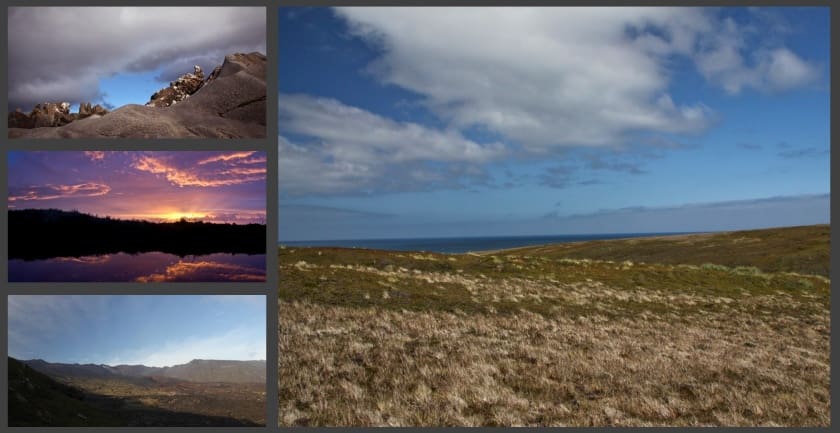 Postdoctoral Fellowship: Understanding Mouse Impacts on Sub-Antarctic Marion Island at Department of Plant and Soil Sciences, University of Pretoria. (image: Otto Whitehead)
Postdoctoral Fellowship: Understanding Mouse Impacts on Sub-Antarctic Marion Island at Department of Plant and Soil Sciences, University of Pretoria. (image: Otto Whitehead)
An exciting postdoctoral fellowship is offered on our South African National Antarctic Programme project “Towards a comprehensive understanding of impacts of the invasive house mouse on the terrestrial biodiversity of Marion Island”. Sub-Antarctic Marion Island is one of the most isolated landmasses globally. The house mouse invaded the island in the early 1800s, and its impacts are manifold, and intensifying under climate change. This project aims to fill gaps in understanding mouse impacts on the island, with the purpose of informing the planned mouse eradication. This position will provide exciting opportunities to work on excellent long-term and/or spatially well-sampled datasets and inform island management.
Full Details and Advertisement
Additionally, opportunities to collaborate locally and internationally exist within this project. We are looking for a candidate with expertise in one or several of the following, or related fields: community ecology, isotope ecology, entomology, botany, trait ecology; or with an ability to learn the necessary skills. Their primary responsibility will be conducting and leading research into one or several of these themes. Opportunities for student supervision and teaching also exist.
Closing Date : 29 August 2025

by Ria Olivier | Jul 28, 2025 | Antarctica, Environment, International Days
“Protect Nature, Preserve Life!” | “Act now to save tomorrow!” | “Conserve nature, conserve life.”
Every year on July 28, the world observes World Nature Conservation Day to highlight the critical importance of protecting our natural environment. The 2025 theme calls for urgent action to protect biodiversity, restore degraded ecosystems, and promote global cooperation for a sustainable future. This year, we are reminded that responsible resource use and collective action are not just choices—they are necessities.
 The South African National Antarctic Programme (SANAP) stands at the forefront of conservation and climate science in one of the most extreme environments on the planet—Antarctica, sub-Antarctica and the Southern Ocean. In line with its mission to understand, develop and conserve, SANAP plays a vital role in safeguarding this unique and fragile region. Antarctica, often referred to as a “living laboratory,” is the coldest, windiest, and driest place on Earth. Yet, it holds clues to the past and future of our global climate. The research conducted through SANAP is crucial—not just for understanding regional ecosystems—but for decoding the signals of global environmental change.
The South African National Antarctic Programme (SANAP) stands at the forefront of conservation and climate science in one of the most extreme environments on the planet—Antarctica, sub-Antarctica and the Southern Ocean. In line with its mission to understand, develop and conserve, SANAP plays a vital role in safeguarding this unique and fragile region. Antarctica, often referred to as a “living laboratory,” is the coldest, windiest, and driest place on Earth. Yet, it holds clues to the past and future of our global climate. The research conducted through SANAP is crucial—not just for understanding regional ecosystems—but for decoding the signals of global environmental change.
 Why Antarctic Conservation Matters: Despite its remoteness, Antarctica is not isolated from human impacts. Climate change, plastic pollution, resource exploration, and increased human activity threaten the pristine ecosystems of the continent and its surrounding ocean. SANAP recognizes the global and national significance of preserving the Antarctic environment and is committed to protecting both marine and terrestrial ecosystems. Through rigorous scientific research, SANAP contributes to global environmental policy, supports ecosystem integrity, and promotes the sustainable management of natural resources.
Why Antarctic Conservation Matters: Despite its remoteness, Antarctica is not isolated from human impacts. Climate change, plastic pollution, resource exploration, and increased human activity threaten the pristine ecosystems of the continent and its surrounding ocean. SANAP recognizes the global and national significance of preserving the Antarctic environment and is committed to protecting both marine and terrestrial ecosystems. Through rigorous scientific research, SANAP contributes to global environmental policy, supports ecosystem integrity, and promotes the sustainable management of natural resources.
This year’s World Environment Day message—#BeatPlasticPollution— echoes SANAP’s continued vigilance against pollution and environmental degradation. Even the most remote parts of the world, like Antarctica, are not immune to the far-reaching effects of plastic waste and environmental harm.
SANAP’s conservation efforts are not isolated. They form part of a larger, coordinated global response. The challenges of biodiversity loss and ecosystem degradation are too large for any one nation to tackle alone. We must act collectively, across disciplines, borders, and generations. By participating in SANAP’s mission, scientists, policymakers, and citizens alike help preserve Earth’s final frontiers. Our actions today shape the world tomorrow. The work done in the Antarctic does not stay in the Antarctic—it reverberates throughout our shared global environment.
Join Us in the Conservation Movement: On this World Nature Conservation Day, SANAP invites you to reflect on our shared responsibility to protect nature and preserve life. Whether through supporting research, advocating for sustainable policies, or making environmentally conscious choices in our daily lives, each of us plays a role in safeguarding the planet.
Let us act now—for the ecosystems that cannot speak, for the generations still to come, and for the only home we have.
Image : Tom McSherry

by Ria Olivier | Jun 19, 2025 | Antarctica, Environment, Gough Island, International Days, Marion Island, Mice Eradication, Ornithology
 19 June 2025 marks World Albatross Day, a global celebration of these magnificent seabirds whose wide wingspans and far-ranging flight paths have long captured the imagination of sailors, scientists, and nature lovers alike. For South Africa, and particularly for the South African National Antarctic Programme (SANAP), this day highlights not only the beauty and ecological importance of albatrosses—but also the urgent need to protect them.
19 June 2025 marks World Albatross Day, a global celebration of these magnificent seabirds whose wide wingspans and far-ranging flight paths have long captured the imagination of sailors, scientists, and nature lovers alike. For South Africa, and particularly for the South African National Antarctic Programme (SANAP), this day highlights not only the beauty and ecological importance of albatrosses—but also the urgent need to protect them.
At the heart of SANAP’s commitment to seabird conservation is ongoing research and monitoring on Marion Island, one of the two Prince Edward Islands in the Southern Ocean. Marion Island is home to several albatross species, including the iconic Wandering Albatross, known for having the largest wingspan of any bird in the world. These seabirds are critical indicators of ocean health, and their survival is closely linked to the stability of sub-Antarctic ecosystems.
 SANAP scientists have been conducting long-term ecological studies on albatross population trends, breeding behaviour, and foraging ecology, using tracking devices and direct observation to better understand how climate change, ocean dynamics, and human activities are impacting these vulnerable birds.
SANAP scientists have been conducting long-term ecological studies on albatross population trends, breeding behaviour, and foraging ecology, using tracking devices and direct observation to better understand how climate change, ocean dynamics, and human activities are impacting these vulnerable birds.
 A major step in protecting Marion Island’s seabirds is the Mouse-Free Marion Project—a large-scale conservation effort aimed at eradicating invasive house mice that prey on albatross chicks and other native birds. These mice, unintentionally introduced by humans, have developed aggressive predatory behaviours that threaten the survival of not only the Wandering Albatross but also Grey-headed, Sooty, and Light-mantled Albatrosses, as well as burrowing petrels and other island species. The Mouse-Free Marion project represents one of the most important island restoration initiatives globally, and a critical investment in the long-term survival of South Africa’s seabird populations. Success will mean a safer future for generations of albatrosses nesting on this remote and windswept island.
A major step in protecting Marion Island’s seabirds is the Mouse-Free Marion Project—a large-scale conservation effort aimed at eradicating invasive house mice that prey on albatross chicks and other native birds. These mice, unintentionally introduced by humans, have developed aggressive predatory behaviours that threaten the survival of not only the Wandering Albatross but also Grey-headed, Sooty, and Light-mantled Albatrosses, as well as burrowing petrels and other island species. The Mouse-Free Marion project represents one of the most important island restoration initiatives globally, and a critical investment in the long-term survival of South Africa’s seabird populations. Success will mean a safer future for generations of albatrosses nesting on this remote and windswept island.
This World Albatross Day, we celebrate the tireless work of scientists, conservationists, and partners who are helping to give these majestic ocean wanderers a fighting chance. Let’s continue to raise awareness and support efforts to keep the skies above the Southern Ocean filled with soaring wings.

by Ria Olivier | Jun 5, 2025 | Antarctica, Environment, Gough Island, International Days, Marion Island, SANAP
Today, on World Environment Day, SANAP join the global community in recognizing the vital importance of our planet’s ecosystems — and reaffirm its commitment to understanding and protecting one of the most extreme, yet crucial, environments on Earth: The Southern Ocean and Antarctic regions. SANAP leads scientific research and environmental stewardship across Marion Island, Gough Island, and Antarctica. These frontiers may seem remote, but they play a critical role in regulating Earth’s climate, supporting unique biodiversity, and offering invaluable insight into global environmental change.
 The Southern Ocean: A Climate Regulator: The Southern Ocean surrounding Antarctica is a house of climate regulation, absorbing vast amounts of atmospheric carbon and heat. SANAP researchers are actively researching ocean currents, sea ice dynamics, and carbon cycling to better understand how these processes are evolving in a warming world. (Photo credit: A Zietsman)
The Southern Ocean: A Climate Regulator: The Southern Ocean surrounding Antarctica is a house of climate regulation, absorbing vast amounts of atmospheric carbon and heat. SANAP researchers are actively researching ocean currents, sea ice dynamics, and carbon cycling to better understand how these processes are evolving in a warming world. (Photo credit: A Zietsman)
 Protecting Life on the Edge: From the wandering albatross on Marion Island to microscopic extremophiles in Antarctic soils, life persists against all odds in these regions. SANAP’s biodiversity monitoring projects are uncovering the intricate web of life that depends on these environments — and how threats such as invasive species, plastic pollution, and climate variability are impacting these ecosystems. (Photo Credit left: M Greve, middle & right: CJ Scheepers)
Protecting Life on the Edge: From the wandering albatross on Marion Island to microscopic extremophiles in Antarctic soils, life persists against all odds in these regions. SANAP’s biodiversity monitoring projects are uncovering the intricate web of life that depends on these environments — and how threats such as invasive species, plastic pollution, and climate variability are impacting these ecosystems. (Photo Credit left: M Greve, middle & right: CJ Scheepers)
 Long-Term Science, Global Impact: With decades of data collection and continuous human presence at SANAP’s research stations, SANAP long-term research projects offer insights into environmental change. Through collaborations with international partners, SANAP helps shape global understanding of polar processes and their far-reaching effects. This World Environment Day, SANAP celebrates the resilience of our southernmost ecosystems and the SANAP community is dedicated to its preservation. As stewards of the Antarctic and sub-Antarctic, SANAP remain committed to advancing knowledge, promoting conservation, and ensuring these unique environments endure for future generations. (Photo Credit: Greg Hofmeyr)
Long-Term Science, Global Impact: With decades of data collection and continuous human presence at SANAP’s research stations, SANAP long-term research projects offer insights into environmental change. Through collaborations with international partners, SANAP helps shape global understanding of polar processes and their far-reaching effects. This World Environment Day, SANAP celebrates the resilience of our southernmost ecosystems and the SANAP community is dedicated to its preservation. As stewards of the Antarctic and sub-Antarctic, SANAP remain committed to advancing knowledge, promoting conservation, and ensuring these unique environments endure for future generations. (Photo Credit: Greg Hofmeyr)
World Environment Day
World Environment Day is the biggest international day for the environment. Led by the United Nations Environment Programme (UNEP), and held annually since 1973, it has grown to be the largest global platform for environmental outreach. It is celebrated by millions of people across the world. The Republic of Korea will host World Environment Day 2025 with a focus on ending plastic pollution globally. Ridding the planet of plastic pollution is an important contribution to achieving the Sustainable Development Goals, including those on climate action, sustainable production and consumption, protection of seas and oceans and repairing ecosystems and retaining biodiversity. (Text: https://www.worldenvironmentday)

by Ria Olivier | Jun 1, 2025 | Antarctica, Commemorative Days, Current Event, Ecology, Environment, Gough Island, Marion Island
June is Environment Month under the theme “Think, Eat, Save and reduce your foodprint”
 June marks National Environment Month in South Africa — a time for reflection, awareness, and action toward safeguarding our natural world. Spearheaded by the Department of Forestry, Fisheries and the Environment (DFFE), this month-long observance highlights the importance of environmental stewardship and calls on all citizens to contribute to a more sustainable future. Central to these celebrations are two globally recognised days: World Environment Day on June 5th and World Oceans Day on June 8th, both of which resonate strongly with the mission and work of the South African National Antarctic Programme (SANAP).
June marks National Environment Month in South Africa — a time for reflection, awareness, and action toward safeguarding our natural world. Spearheaded by the Department of Forestry, Fisheries and the Environment (DFFE), this month-long observance highlights the importance of environmental stewardship and calls on all citizens to contribute to a more sustainable future. Central to these celebrations are two globally recognised days: World Environment Day on June 5th and World Oceans Day on June 8th, both of which resonate strongly with the mission and work of the South African National Antarctic Programme (SANAP).
 As South Africa’s gateway to the Southern Ocean and Antarctica, SANAP plays a vital role in environmental research and conservation in some of the planet’s most fragile and remote ecosystems — including Antarctica, Marion Island, and Gough Island. During Environment Month, SANAP takes pride in celebrating the unique natural heritage of these sub-Antarctic and Antarctic regions, where pristine ecosystems offer critical insight into global environmental changes.
As South Africa’s gateway to the Southern Ocean and Antarctica, SANAP plays a vital role in environmental research and conservation in some of the planet’s most fragile and remote ecosystems — including Antarctica, Marion Island, and Gough Island. During Environment Month, SANAP takes pride in celebrating the unique natural heritage of these sub-Antarctic and Antarctic regions, where pristine ecosystems offer critical insight into global environmental changes.

 Marion Island, in particular, stands out as a hub of scientific activity. Home to one of SANAP’s permanent research stations, the island has been central to decades of biological and environmental studies. Its long-term monitoring programmes have produced a wealth of scientific papers and post-graduate research, offering rare and invaluable data on biodiversity, ecosystem dynamics, and the far-reaching impacts of climate change. These efforts are not only advancing global understanding of environmental shifts but also reinforcing South Africa’s commitment to science-based conservation.
Marion Island, in particular, stands out as a hub of scientific activity. Home to one of SANAP’s permanent research stations, the island has been central to decades of biological and environmental studies. Its long-term monitoring programmes have produced a wealth of scientific papers and post-graduate research, offering rare and invaluable data on biodiversity, ecosystem dynamics, and the far-reaching impacts of climate change. These efforts are not only advancing global understanding of environmental shifts but also reinforcing South Africa’s commitment to science-based conservation.
This Environment Month, as we reflect on our role in protecting the planet, we honour the scientists, support and teams of SANAP who dedicate their work to safeguarding the southernmost reaches of our world. Their ongoing research ensures that we remain informed and equipped to make decisions that protect our environment — for generations to come.

by Ria Olivier | Jun 5, 2024 | Announcement, Environment, International Days, Marion Island
On this World Environment Day we focus on Marion Island as the #generationrestoration highlights the importance of the Mouse-Free Marion Project
 Marion Island and Prince Edward Island, collectively known as the Prince Edward Islands, are tiny specks of land in the Southern Ocean, the huge body of water that encircles the Antarctic Continent. Marion Island is the larger of the two islands, with an area of just under 300 square kilometres, whereas Prince Edward Island is considerably smaller – a mere 45 square kilometres. With a summit of 1 230 metres Marion Island is also much higher than the 672-metre high Prince Edward Island. The two islands are close neighbours, with only 19 kilometres of relatively shallow water separating them.
Marion Island and Prince Edward Island, collectively known as the Prince Edward Islands, are tiny specks of land in the Southern Ocean, the huge body of water that encircles the Antarctic Continent. Marion Island is the larger of the two islands, with an area of just under 300 square kilometres, whereas Prince Edward Island is considerably smaller – a mere 45 square kilometres. With a summit of 1 230 metres Marion Island is also much higher than the 672-metre high Prince Edward Island. The two islands are close neighbours, with only 19 kilometres of relatively shallow water separating them.
 The Prince Edward Islands, together with the other islands within the Southern Ocean, form part of a complex and productive ecosystem that has far-reaching influences. In turn the ocean dominates many aspects of the islands, from the way the vegetation grows to climate and geomorphology. The islands rose above the surface of the ocean after a prolonged period of underwater volcanic activity and the rocks and many of the landscapes reflect these tumultuous beginnings. From the jagged, almost surreal expanse of the black lava fields, to the many red scoria cones that dot the landscape, these volcanic origins are responsible for some of the most striking natural features of the islands. Despite the fact that today, researchers and managers visit them every year the islands still remain one of the wildest places on earth.
The Prince Edward Islands, together with the other islands within the Southern Ocean, form part of a complex and productive ecosystem that has far-reaching influences. In turn the ocean dominates many aspects of the islands, from the way the vegetation grows to climate and geomorphology. The islands rose above the surface of the ocean after a prolonged period of underwater volcanic activity and the rocks and many of the landscapes reflect these tumultuous beginnings. From the jagged, almost surreal expanse of the black lava fields, to the many red scoria cones that dot the landscape, these volcanic origins are responsible for some of the most striking natural features of the islands. Despite the fact that today, researchers and managers visit them every year the islands still remain one of the wildest places on earth.
 Text from: Publication Marion and the Prince Edward.
Text from: Publication Marion and the Prince Edward.
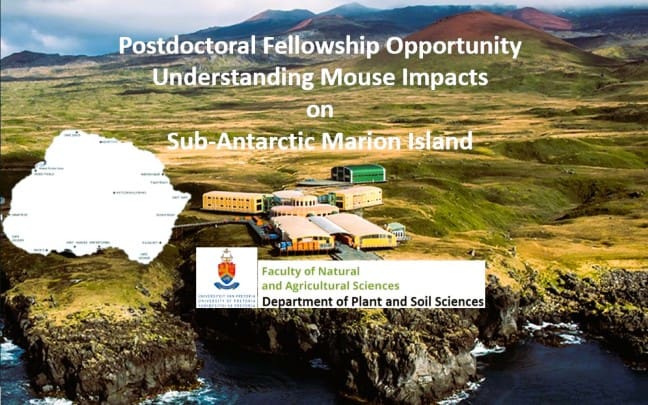
 Postdoctoral Fellowship: Understanding Mouse Impacts on Sub-Antarctic Marion Island at Department of Plant and Soil Sciences, University of Pretoria. (image: Otto Whitehead)
Postdoctoral Fellowship: Understanding Mouse Impacts on Sub-Antarctic Marion Island at Department of Plant and Soil Sciences, University of Pretoria. (image: Otto Whitehead)
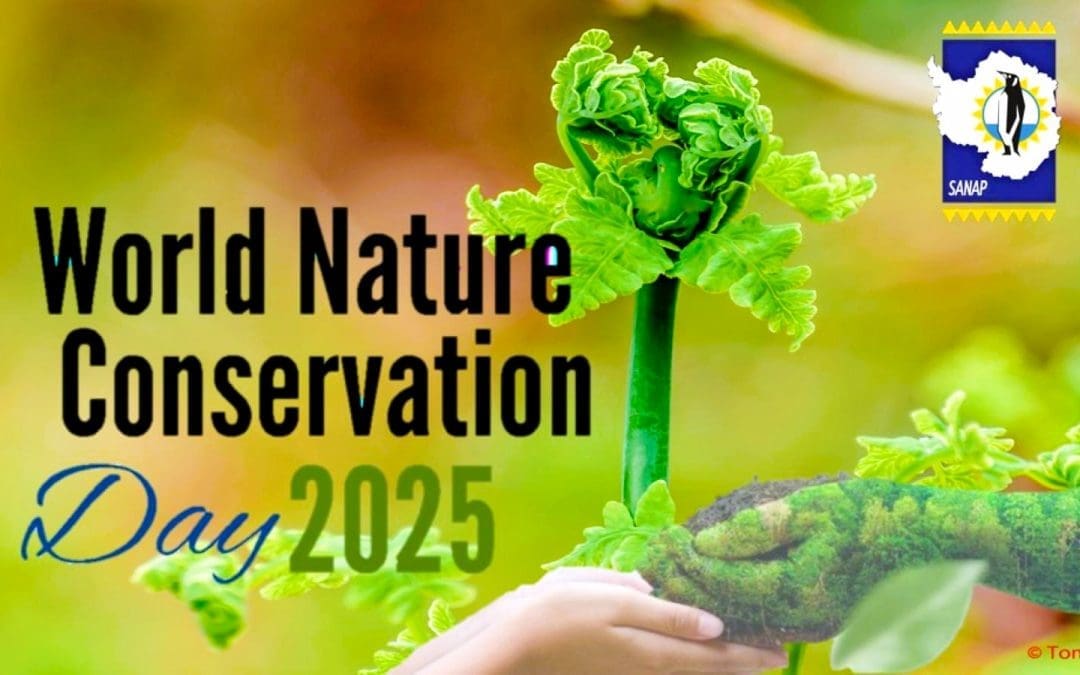
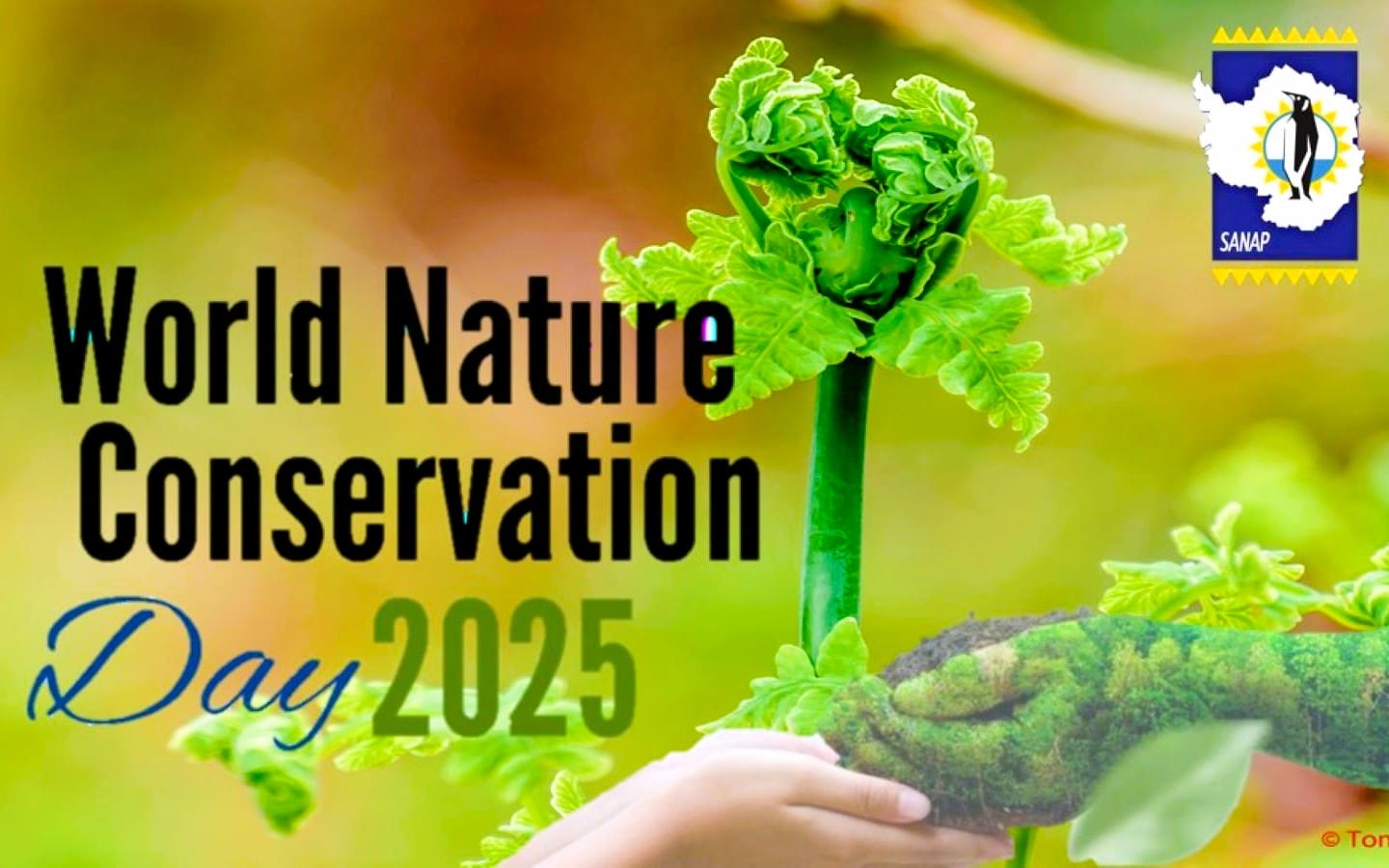 The South African National Antarctic Programme (SANAP) stands at the forefront of conservation and climate science in one of the most extreme environments on the planet—Antarctica, sub-Antarctica and the Southern Ocean. In line with its mission to understand, develop and conserve, SANAP plays a vital role in safeguarding this unique and fragile region. Antarctica, often referred to as a “living laboratory,” is the coldest, windiest, and driest place on Earth. Yet, it holds clues to the past and future of our global climate. The research conducted through SANAP is crucial—not just for understanding regional ecosystems—but for decoding the signals of global environmental change.
The South African National Antarctic Programme (SANAP) stands at the forefront of conservation and climate science in one of the most extreme environments on the planet—Antarctica, sub-Antarctica and the Southern Ocean. In line with its mission to understand, develop and conserve, SANAP plays a vital role in safeguarding this unique and fragile region. Antarctica, often referred to as a “living laboratory,” is the coldest, windiest, and driest place on Earth. Yet, it holds clues to the past and future of our global climate. The research conducted through SANAP is crucial—not just for understanding regional ecosystems—but for decoding the signals of global environmental change.  Why Antarctic Conservation Matters: Despite its remoteness, Antarctica is not isolated from human impacts. Climate change, plastic pollution, resource exploration, and increased human activity threaten the pristine ecosystems of the continent and its surrounding ocean. SANAP recognizes the global and national significance of preserving the Antarctic environment and is committed to protecting both marine and terrestrial ecosystems. Through rigorous scientific research, SANAP contributes to global environmental policy, supports ecosystem integrity, and promotes the sustainable management of natural resources.
Why Antarctic Conservation Matters: Despite its remoteness, Antarctica is not isolated from human impacts. Climate change, plastic pollution, resource exploration, and increased human activity threaten the pristine ecosystems of the continent and its surrounding ocean. SANAP recognizes the global and national significance of preserving the Antarctic environment and is committed to protecting both marine and terrestrial ecosystems. Through rigorous scientific research, SANAP contributes to global environmental policy, supports ecosystem integrity, and promotes the sustainable management of natural resources.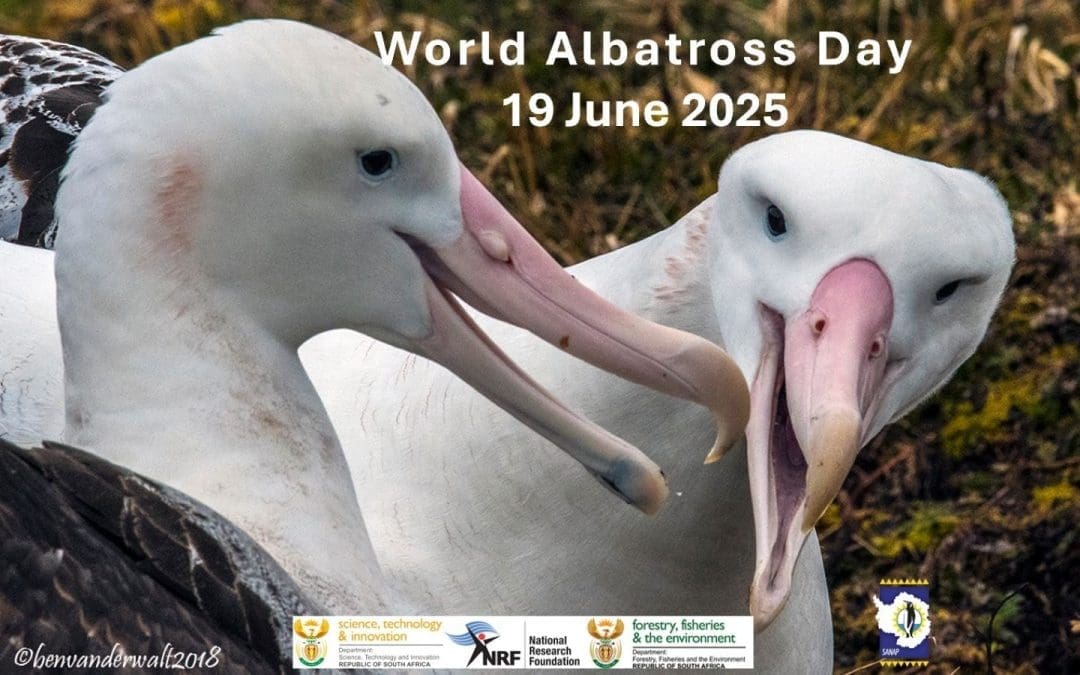
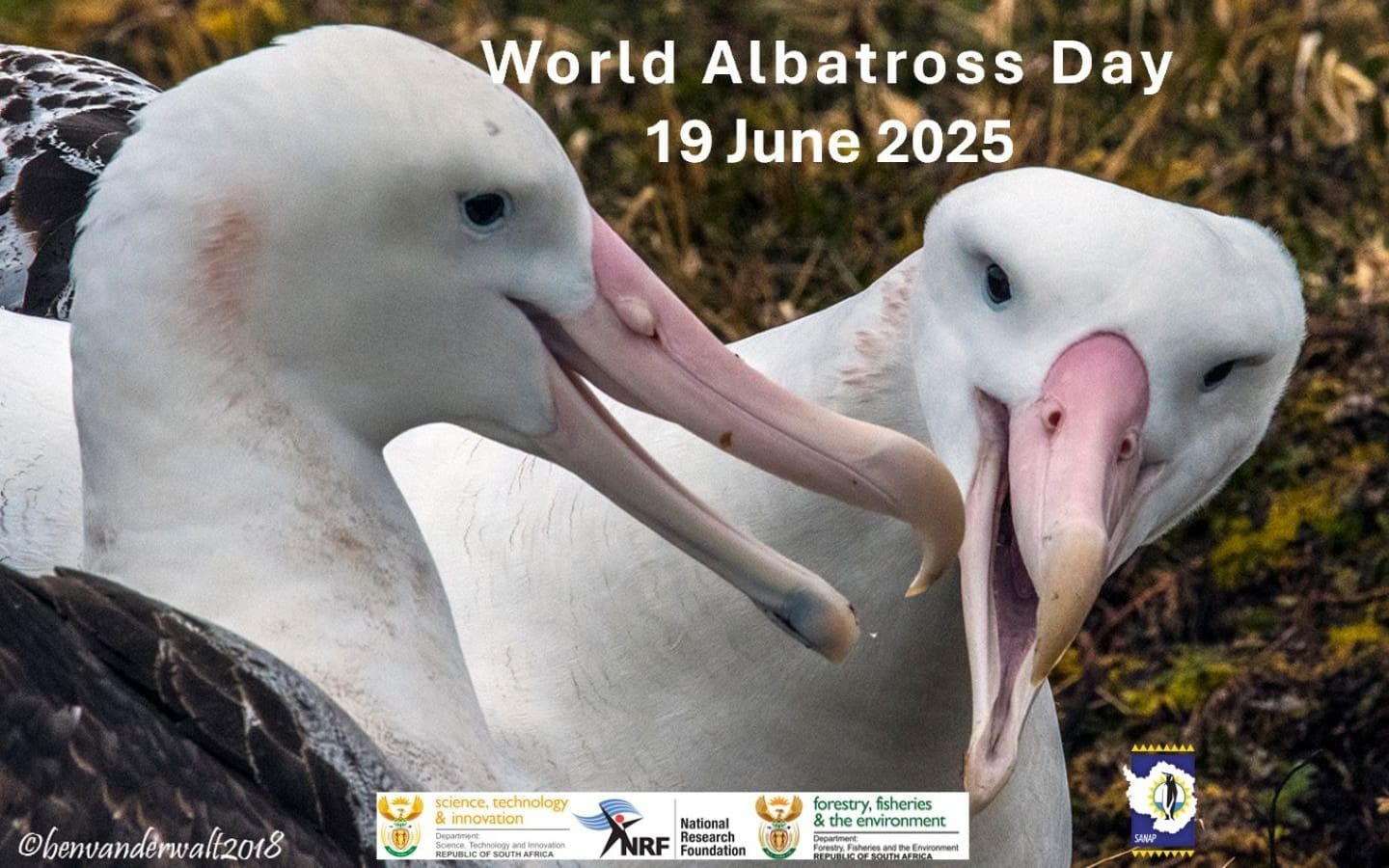 19 June 2025 marks
19 June 2025 marks  SANAP scientists have been conducting long-term ecological studies on albatross population trends, breeding behaviour, and foraging ecology, using tracking devices and direct observation to better understand how climate change, ocean dynamics, and human activities are impacting these vulnerable birds.
SANAP scientists have been conducting long-term ecological studies on albatross population trends, breeding behaviour, and foraging ecology, using tracking devices and direct observation to better understand how climate change, ocean dynamics, and human activities are impacting these vulnerable birds. A major step in protecting Marion Island’s seabirds is the
A major step in protecting Marion Island’s seabirds is the 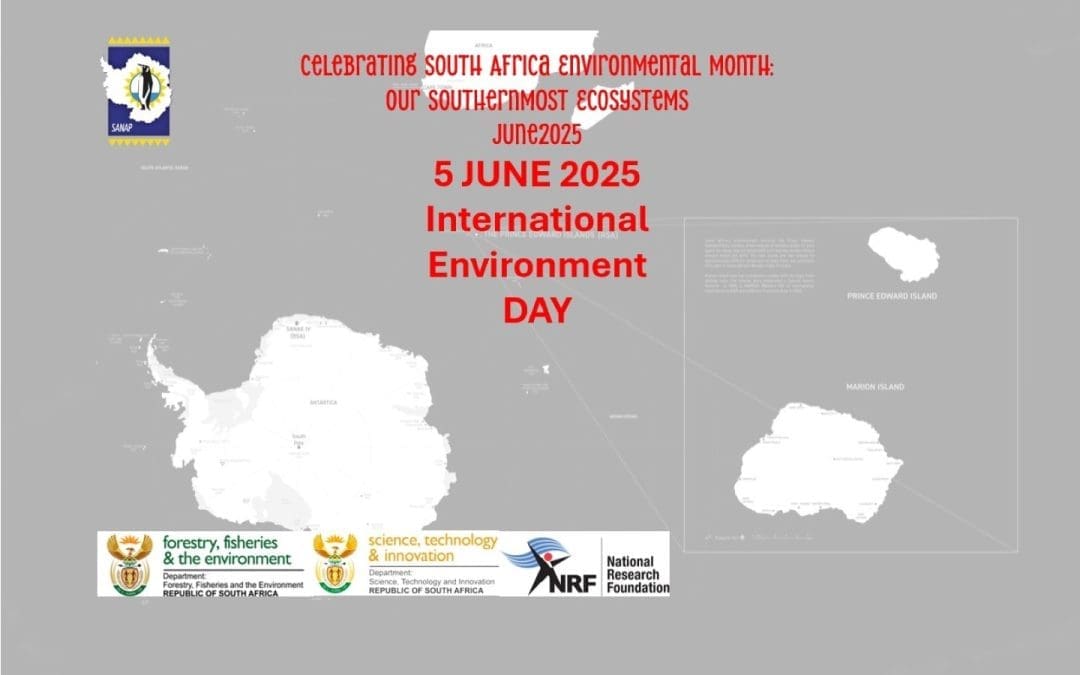
 The Southern Ocean: A Climate Regulator: The Southern Ocean surrounding Antarctica is a house of climate regulation, absorbing vast amounts of atmospheric carbon and heat. SANAP researchers are actively researching ocean currents, sea ice dynamics, and carbon cycling to better understand how these processes are evolving in a warming world. (Photo credit: A Zietsman)
The Southern Ocean: A Climate Regulator: The Southern Ocean surrounding Antarctica is a house of climate regulation, absorbing vast amounts of atmospheric carbon and heat. SANAP researchers are actively researching ocean currents, sea ice dynamics, and carbon cycling to better understand how these processes are evolving in a warming world. (Photo credit: A Zietsman)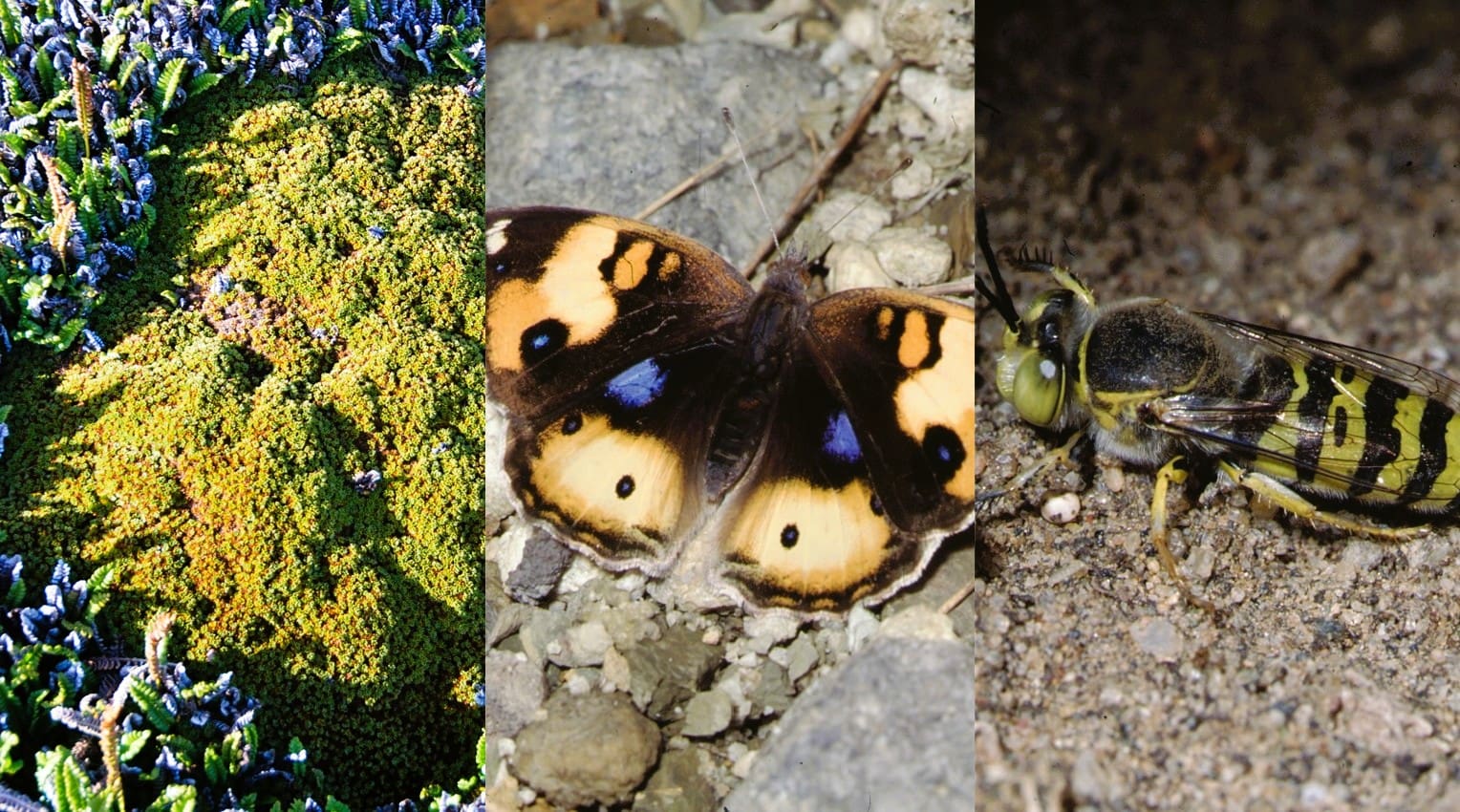 Protecting Life on the Edge: From the wandering albatross on Marion Island to microscopic extremophiles in Antarctic soils, life persists against all odds in these regions. SANAP’s biodiversity monitoring projects are uncovering the intricate web of life that depends on these environments — and how threats such as invasive species, plastic pollution, and climate variability are impacting these ecosystems. (Photo Credit left: M Greve, middle & right: CJ Scheepers)
Protecting Life on the Edge: From the wandering albatross on Marion Island to microscopic extremophiles in Antarctic soils, life persists against all odds in these regions. SANAP’s biodiversity monitoring projects are uncovering the intricate web of life that depends on these environments — and how threats such as invasive species, plastic pollution, and climate variability are impacting these ecosystems. (Photo Credit left: M Greve, middle & right: CJ Scheepers)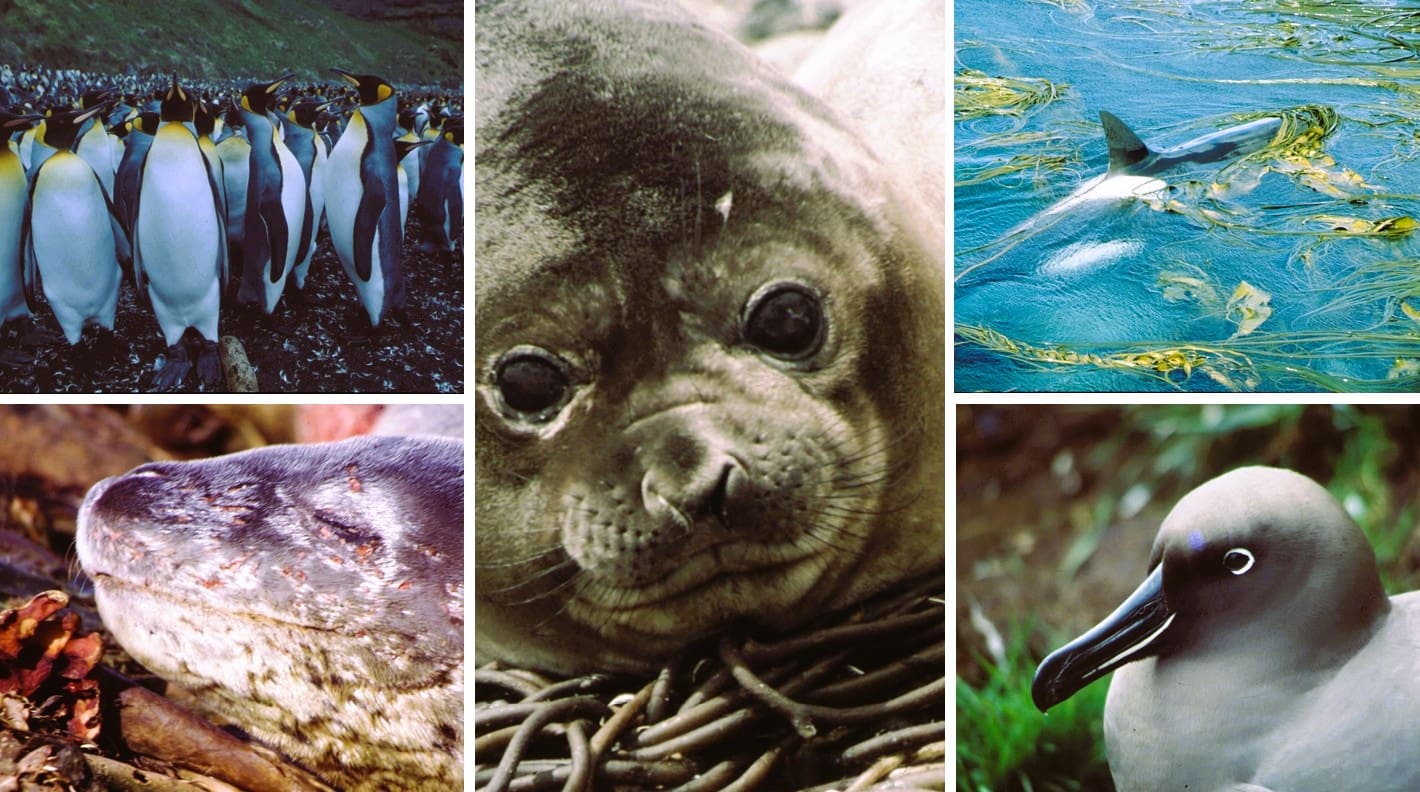 Long-Term Science, Global Impact: With decades of data collection and continuous human presence at SANAP’s research stations, SANAP long-term research projects offer insights into environmental change. Through collaborations with international partners, SANAP helps shape global understanding of polar processes and their far-reaching effects. This World Environment Day, SANAP celebrates the resilience of our southernmost ecosystems and the SANAP community is dedicated to its preservation. As stewards of the Antarctic and sub-Antarctic, SANAP remain committed to advancing knowledge, promoting conservation, and ensuring these unique environments endure for future generations. (Photo Credit: Greg Hofmeyr)
Long-Term Science, Global Impact: With decades of data collection and continuous human presence at SANAP’s research stations, SANAP long-term research projects offer insights into environmental change. Through collaborations with international partners, SANAP helps shape global understanding of polar processes and their far-reaching effects. This World Environment Day, SANAP celebrates the resilience of our southernmost ecosystems and the SANAP community is dedicated to its preservation. As stewards of the Antarctic and sub-Antarctic, SANAP remain committed to advancing knowledge, promoting conservation, and ensuring these unique environments endure for future generations. (Photo Credit: Greg Hofmeyr)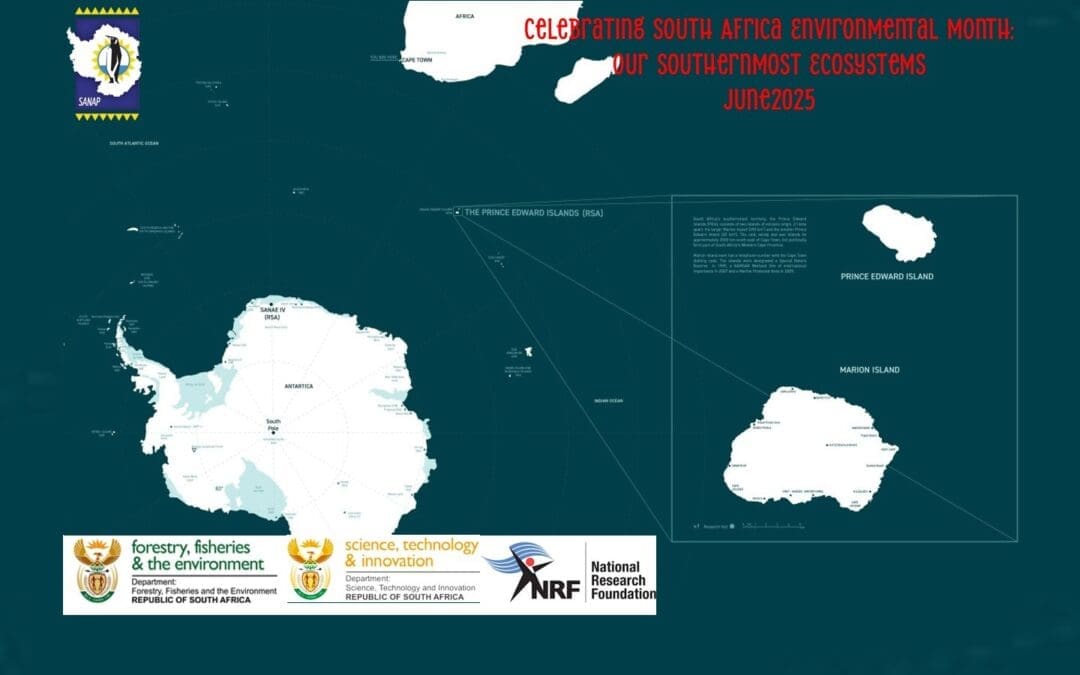
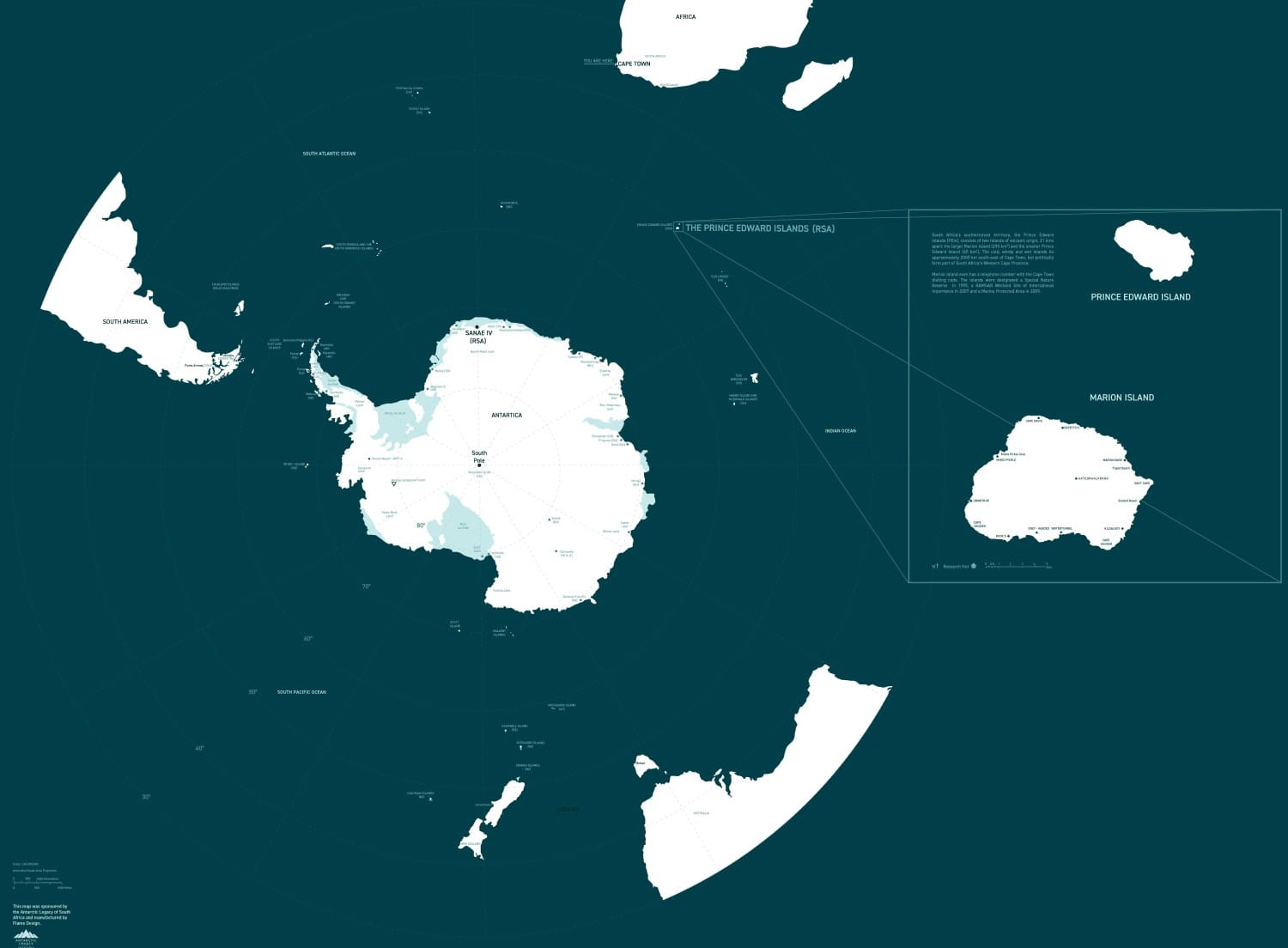 June marks
June marks 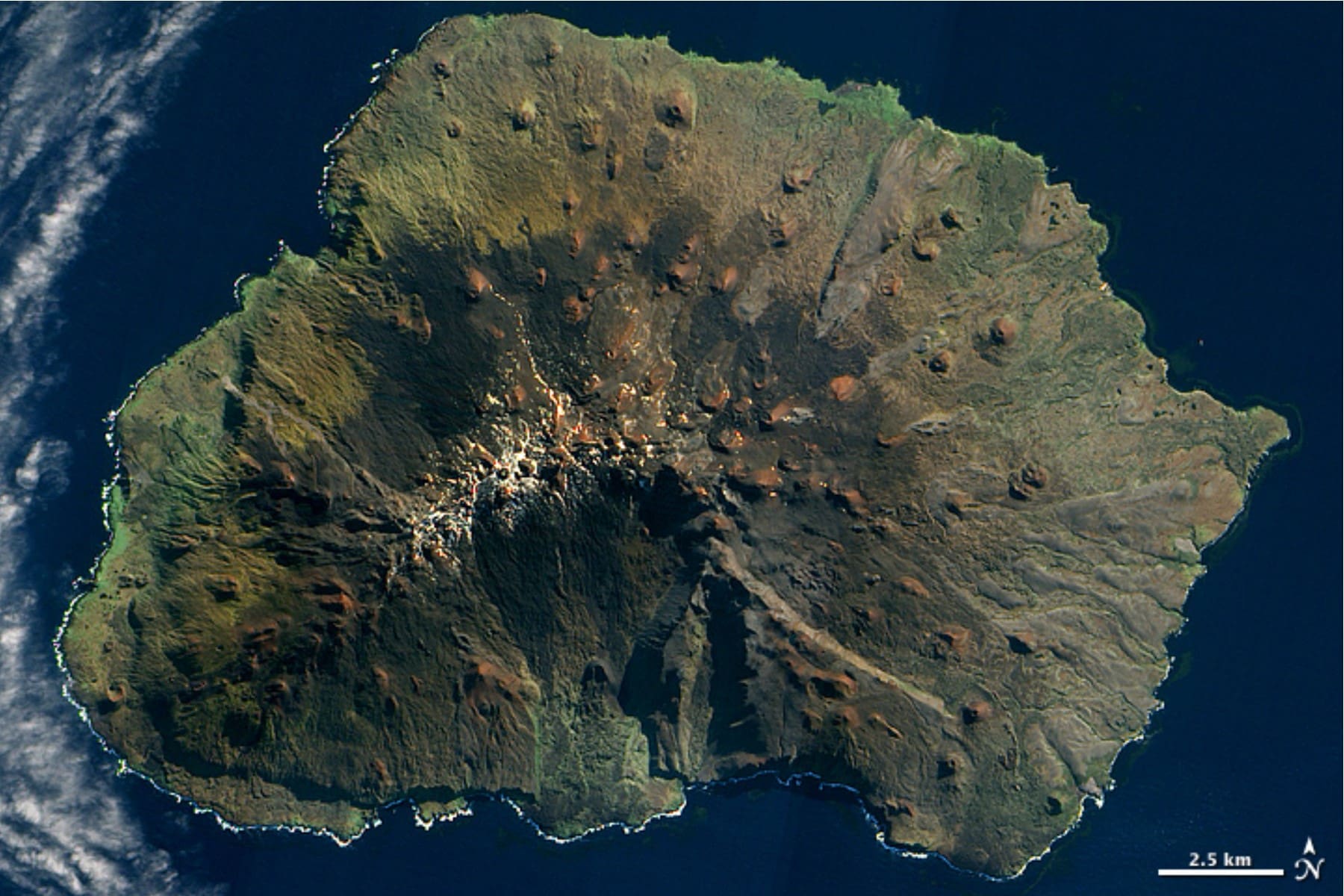
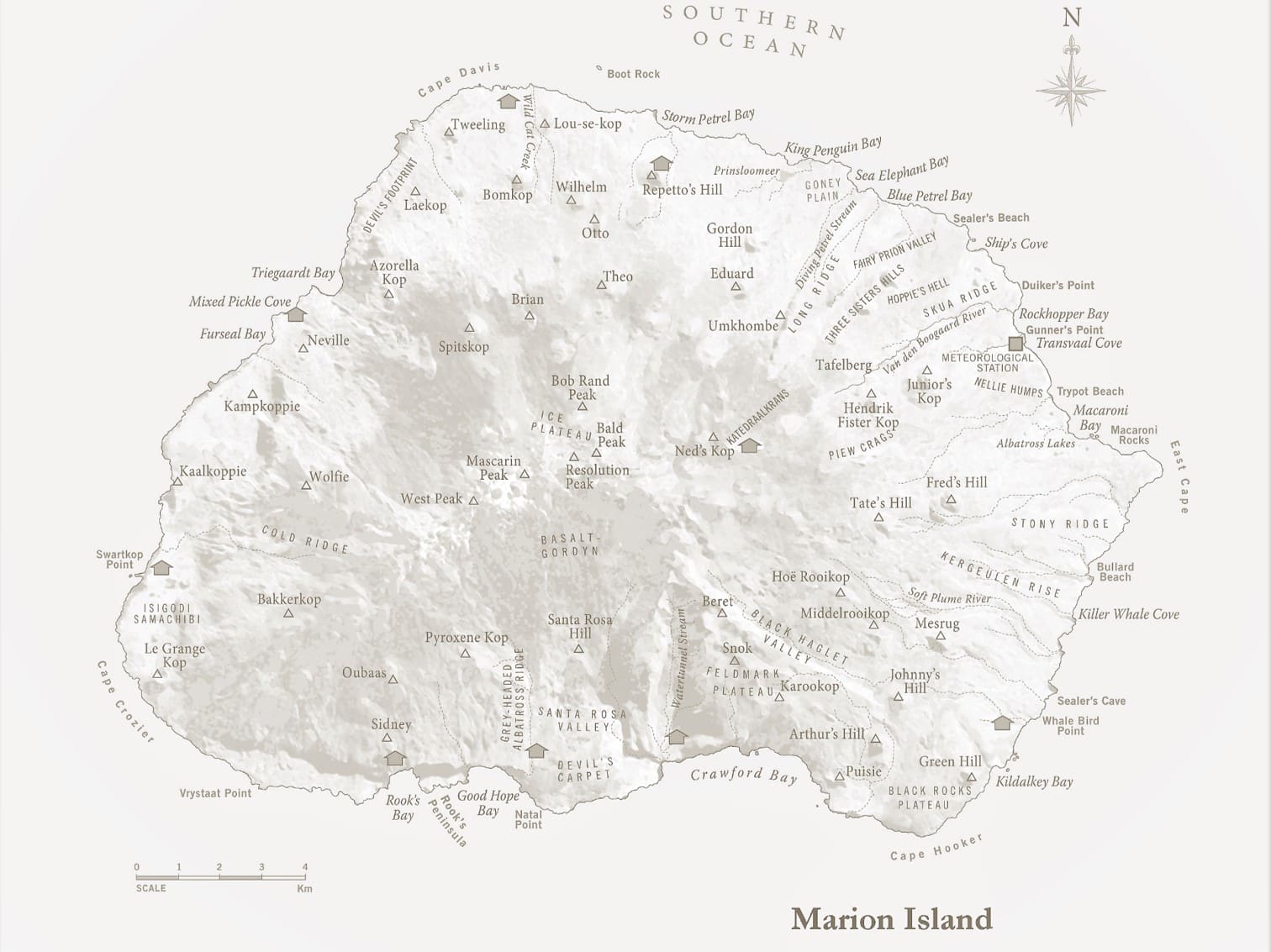 Marion Island, in particular, stands out as a hub of scientific activity. Home to one of SANAP’s permanent research stations, the island has been central to decades of biological and environmental studies. Its long-term monitoring programmes have produced a wealth of scientific papers and post-graduate research, offering rare and invaluable data on biodiversity, ecosystem dynamics, and the far-reaching impacts of climate change. These efforts are not only advancing global understanding of environmental shifts but also reinforcing South Africa’s commitment to science-based conservation.
Marion Island, in particular, stands out as a hub of scientific activity. Home to one of SANAP’s permanent research stations, the island has been central to decades of biological and environmental studies. Its long-term monitoring programmes have produced a wealth of scientific papers and post-graduate research, offering rare and invaluable data on biodiversity, ecosystem dynamics, and the far-reaching impacts of climate change. These efforts are not only advancing global understanding of environmental shifts but also reinforcing South Africa’s commitment to science-based conservation.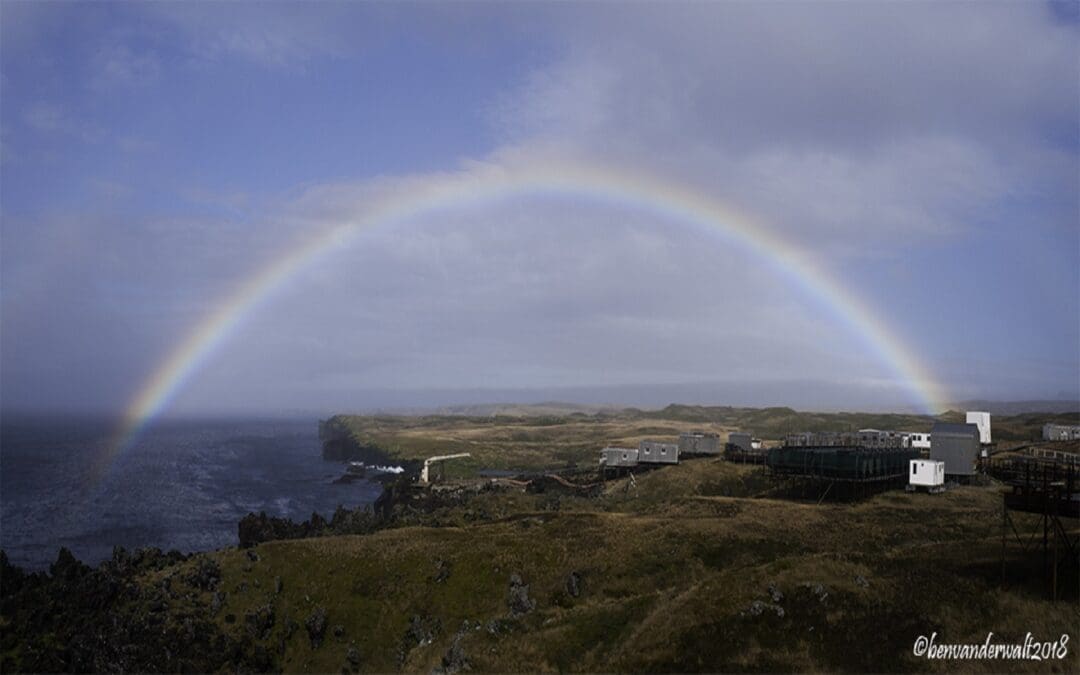
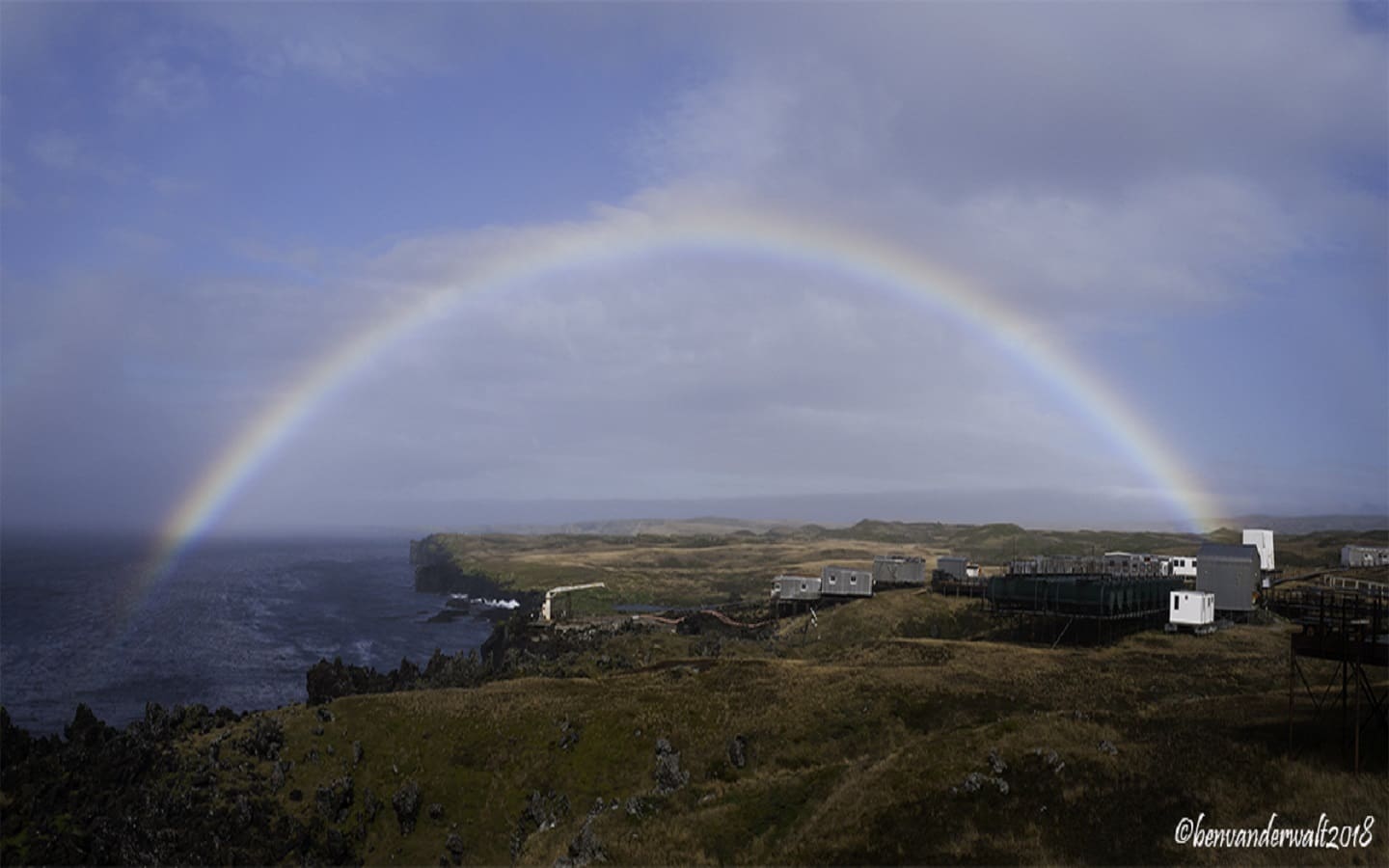 Marion Island and Prince Edward Island, collectively known as the Prince Edward Islands, are tiny specks of land in the Southern Ocean, the huge body of water that encircles the Antarctic Continent. Marion Island is the larger of the two islands, with an area of just under 300 square kilometres, whereas Prince Edward Island is considerably smaller – a mere 45 square kilometres. With a summit of 1 230 metres Marion Island is also much higher than the 672-metre high Prince Edward Island. The two islands are close neighbours, with only 19 kilometres of relatively shallow water separating them.
Marion Island and Prince Edward Island, collectively known as the Prince Edward Islands, are tiny specks of land in the Southern Ocean, the huge body of water that encircles the Antarctic Continent. Marion Island is the larger of the two islands, with an area of just under 300 square kilometres, whereas Prince Edward Island is considerably smaller – a mere 45 square kilometres. With a summit of 1 230 metres Marion Island is also much higher than the 672-metre high Prince Edward Island. The two islands are close neighbours, with only 19 kilometres of relatively shallow water separating them.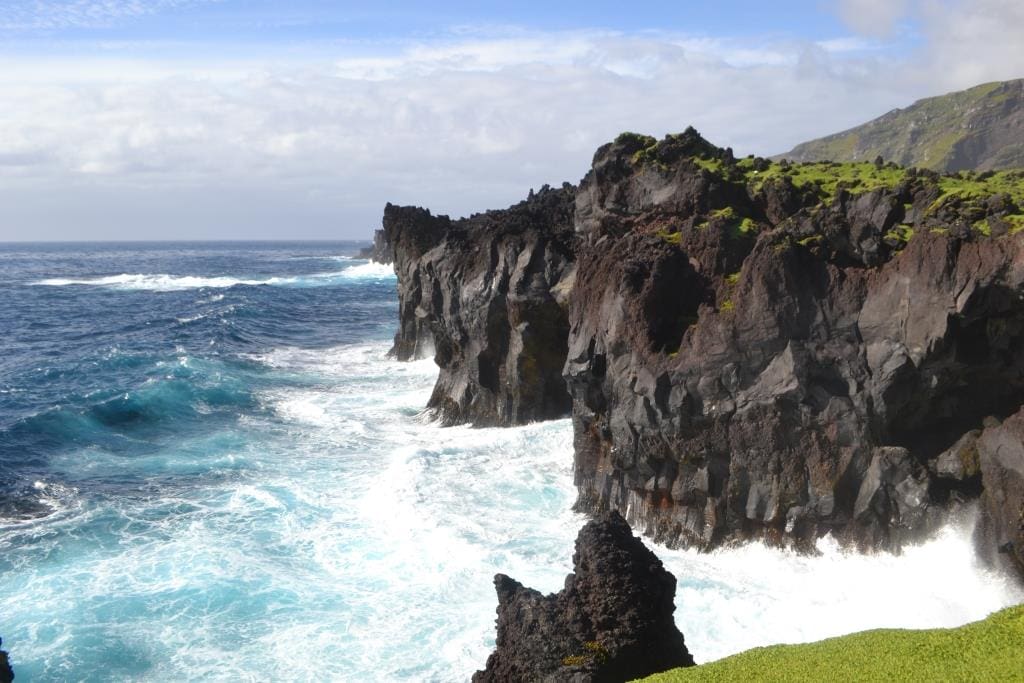 The Prince Edward Islands, together with the other islands within the Southern Ocean, form part of a complex and productive ecosystem that has far-reaching influences. In turn the ocean dominates many aspects of the islands, from the way the vegetation grows to climate and geomorphology. The islands rose above the surface of the ocean after a prolonged period of underwater volcanic activity and the rocks and many of the landscapes reflect these tumultuous beginnings. From the jagged, almost surreal expanse of the black lava fields, to the many red scoria cones that dot the landscape, these volcanic origins are responsible for some of the most striking natural features of the islands. Despite the fact that today, researchers and managers visit them every year the islands still remain one of the wildest places on earth.
The Prince Edward Islands, together with the other islands within the Southern Ocean, form part of a complex and productive ecosystem that has far-reaching influences. In turn the ocean dominates many aspects of the islands, from the way the vegetation grows to climate and geomorphology. The islands rose above the surface of the ocean after a prolonged period of underwater volcanic activity and the rocks and many of the landscapes reflect these tumultuous beginnings. From the jagged, almost surreal expanse of the black lava fields, to the many red scoria cones that dot the landscape, these volcanic origins are responsible for some of the most striking natural features of the islands. Despite the fact that today, researchers and managers visit them every year the islands still remain one of the wildest places on earth.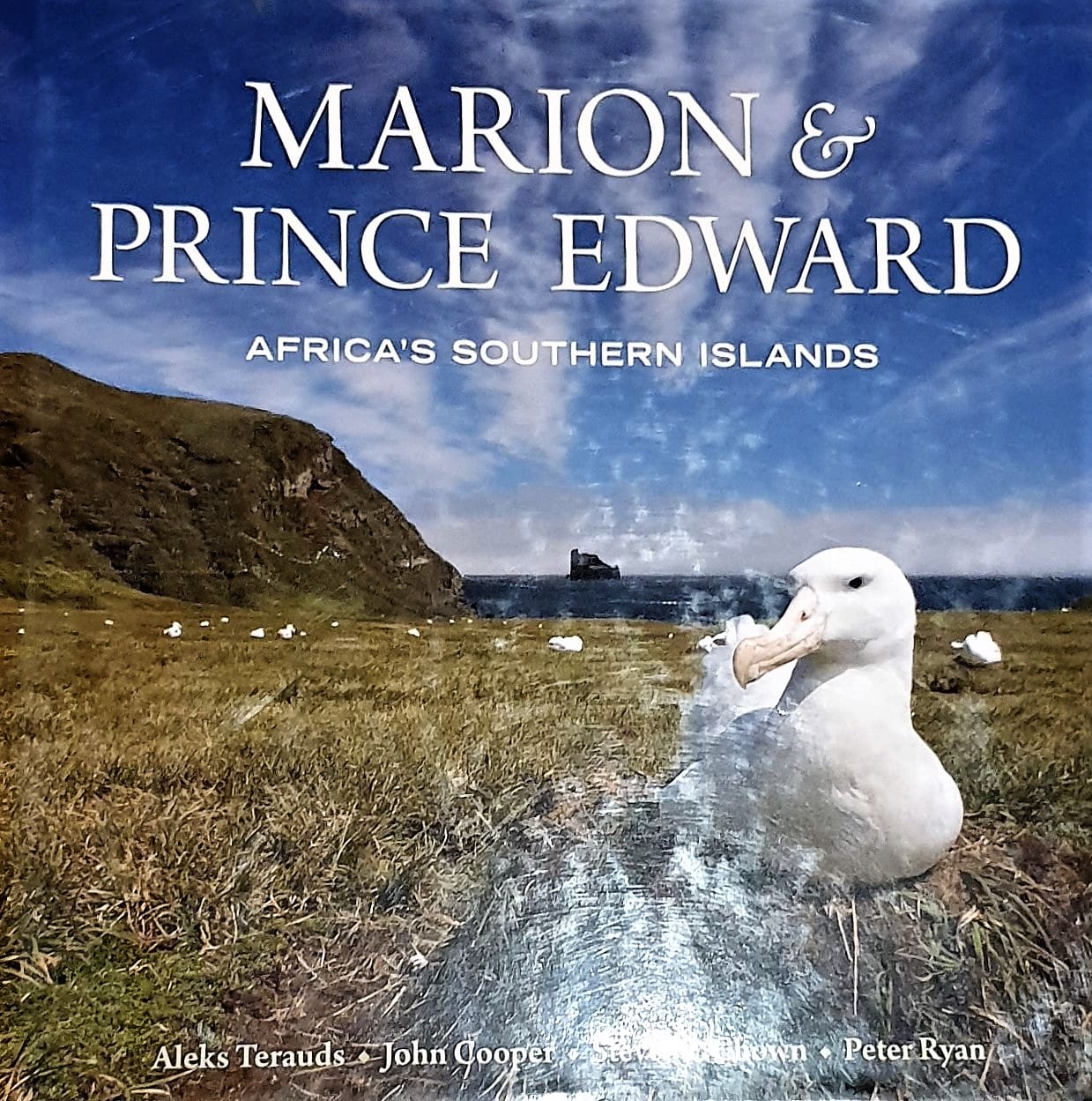 Text from: Publication Marion and the Prince Edward.
Text from: Publication Marion and the Prince Edward. 



